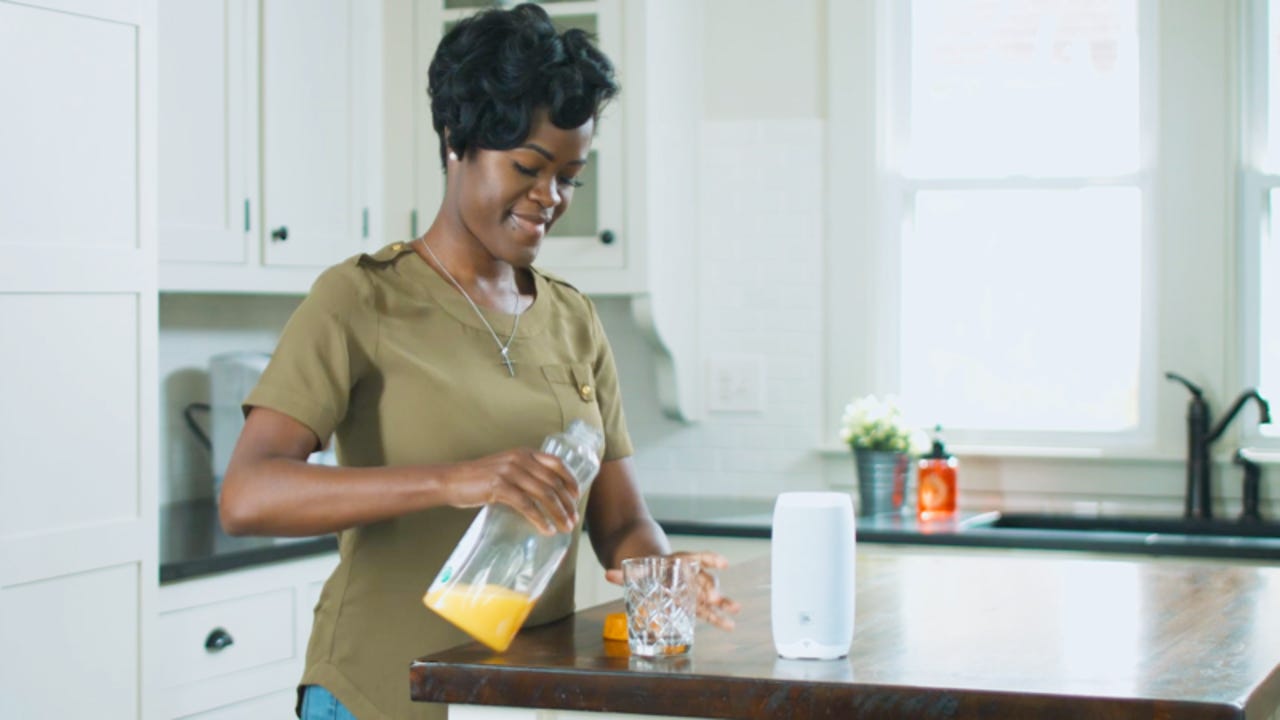Walmart and Google forge voice order alliance to battle Amazon


CNE
Get ready for some technology-driven grocery chain jousting. Google and Walmart have joined forces on voice-based shopping. The news comes on the heels of aggressive price cuts at Amazon-owned Whole Foods.
It's not the first time Walmart has partnered with Google. In 2017, the companies (which, fun fact, have a combined market cap of more than $1 trillion) teamed up to bring voice-based shopping to Google Home Services. That limited rollout enabled Walmart customers to reorder items via Google Express.
But now, with Amazon taking square aim at Walmart and other grocery chains in its bid to become a one-stop shop for all human consumption, voice-based shopping has become a matter of survival for brands like Amazon.
"With consumers shopping across more touchpoints for their groceries than ever before, it's basically a requirement that Walmart jump on the voice train to compete effectively," Paul Michelotti, Experience Management Practice Lead at Avionos, which designs and delivers digital commerce and marketing solutions, tells me via email. "Walmart's had an established grocery presence much longer than Amazon, but Amazon has innovated by adding tools and functionalities that make shopping with them a no-brainer (think: Alexa ordering, Amazon Go)."
Amazon is also better-positioned to compete on price than its competitors. According to the Bezos script, it's aggressively lowering prices at Whole Foods to eat into competitors' market share.
Walmart Voice Order works across Google Assistant-powered platforms. All told, that's more than a billion devices, including Smart Displays like Google Home Hub, phones, and watches.
Featured
"Beginning this month, customers can say, 'Hey Google, talk to Walmart' and the Google Assistant will add items directly to their Walmart Grocery cart," according to Walmart's company post accompanying the announcement.
The app will use customers' historical shopping data to make decisions on product selection. "For example, if a customer says "add milk to my cart," we'll make sure to add the specific milk the customer buys regularly. Instead of saying '1 gallon of 1% Great Value organic milk,' they'll simply say one word: 'milk.'"
Walmart hopes the addition of voice ordering will allow it to better meet consumer needs and compete both with Amazon and legacy grocers who have yet to add this type of technology into the customer experience.
"However," warns Michelotti, "regardless of competitors, it's crucial that Walmart continuously monitor how its own customers interact with the tech and gather feedback over time. Voice interfaces are still relatively novel and customer expectations are not well established, making this an excellent space to iterate on and differentiate in. Voice functionality is only beneficial if customers actually want to interact with it."
The service will roll out to more customers over the coming weeks.